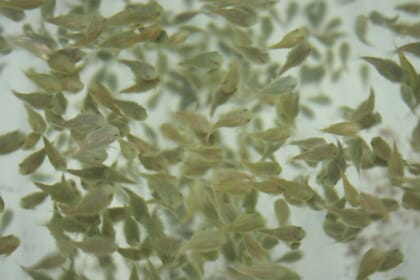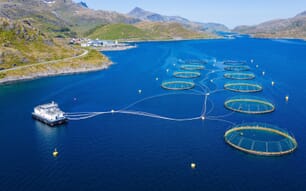In total, this fishery landed 18,677 tonnes of ling (Molva molva) , 14,798 tonnes of tusk (Brosme brosme) , and 453 tonnes of lumpfish (Cyclopterus lumpus) in 2016. Taking these volumes into account, this means that today 69% of all Norwegian fish landings are MSC certified. The fishery is closely controlled through the Norwegian fisheries management system.

© Rob Fletcher
The certification process started in August 2016 when these fisheries experienced an increased demand for MSC certified seafood from their key markets. In particular, the Norwegian Fishermen’s Association (NFA) sought to get the lumpfish fishery certified due to a demand for MSC certified roe and caviar from the Swedish market.
Lumpfish are also used to pick sea lice of salmon in marine cages and the certification of the Norwegian fishery follows on from the MSC accreditation of the Icelandic lumpfish fisheries and so will be viewed positively by those salmon farming companies who use lumpfish sourced from Norwegian stocks as cleanerifsh on their farms.
Ling and tusk are mainly processed as dried stockfish for the Swedish market, dried and salted clipfish for the Caribbean and Latin-American markets, and frozen and fresh fillets for the Western European markets.
“We are pleased to have this certification in place – the project was a response to a strong push from some of our key markets, and we are now pleased to be able to provide them with the desired documentation,” says Tor B Larsen, environmental advisor to the NFA.
“It is a consistent trend both in the Scandinavian and other European markets that consumers want to make better and conscious choices when shopping for food. With this certification in place, it will not only provide opportunities for Norwegian market players to increase their assortment of MSC certified products, but also provide greater range of choices for consumers to buy sustainable seafood with the MSC ecolabel, “says Mari Nordstrøm, marketing & communications manager MSC Norway.
As a condition of certification, these fisheries will also implement clearly defined harvest control rules (HCRs) and put a strategy in place to manage the fisheries’ impacts on endangered, threatened and protected (ETP) species.



